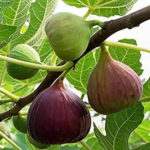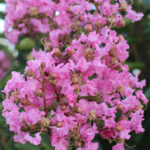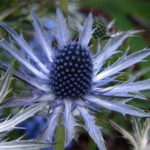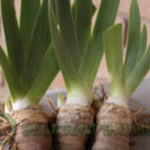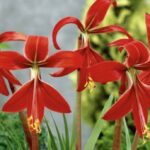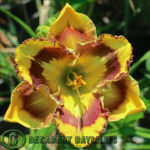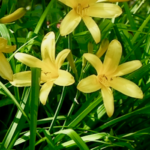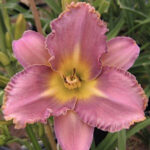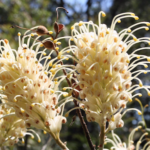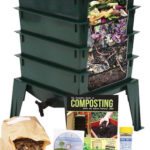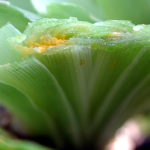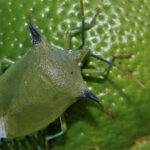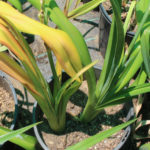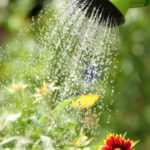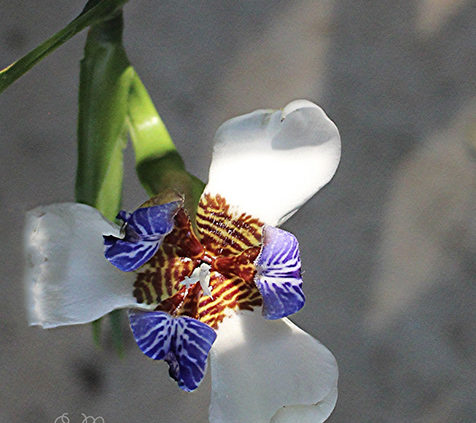
Walking Iris Apostle Plant Tips
How To Grow And Divide Blue Walking Iris Or Neomarica Gracilis?
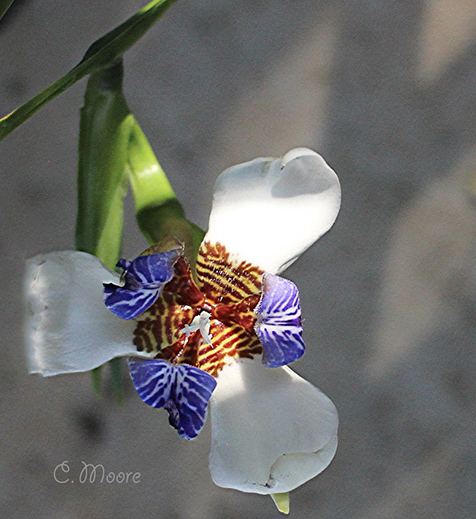 Walking Iris, Neomarica Gracilis or Apostle’s Iris belongs to Iridaceae family. This plant shows unusual behaviour. When the flower gets faded, the seed pods bend towards the ground and forms a new plant and this is how the walking iris name came about. The flowers of this plant have three white large petals and three inner segments, which are a bright blue colour. The flowers are delicate and last only one day. New blooms are produced regularly for longer periods in spring, summer, and autumn. These are clumping perennials which reach to a height of about 20 to 36 inches. It is called the apostle plant, why because each fan contains 12 leaves. It is easy to divide these plants and plant them in other locations. This plant is suitable for growing in garden beds as well as in containers.
Walking Iris, Neomarica Gracilis or Apostle’s Iris belongs to Iridaceae family. This plant shows unusual behaviour. When the flower gets faded, the seed pods bend towards the ground and forms a new plant and this is how the walking iris name came about. The flowers of this plant have three white large petals and three inner segments, which are a bright blue colour. The flowers are delicate and last only one day. New blooms are produced regularly for longer periods in spring, summer, and autumn. These are clumping perennials which reach to a height of about 20 to 36 inches. It is called the apostle plant, why because each fan contains 12 leaves. It is easy to divide these plants and plant them in other locations. This plant is suitable for growing in garden beds as well as in containers.
Growing Conditions
Blue walking iris needs humus rich sandy soil with good drainage. The plant requires watering throughout the growing season. Bright indirect light or partial shade is the ideal light requirement. The plant needs protection in the winter season. Potted plants can be kept inside during winter. Hence, it is better to grow them in containers in areas with extreme winter. Limit watering during winter when the plant goes dormant. Mulching helps to retain the moisture in the soil and to protect the plant roots from cold.
Caring For The Plant
This plant requires a small amount of caring except for the requirements of moist soil. Feed the plant with a water soluble fertiliser as often as every two weeks during summer. During early spring provide slow-releasing fertiliser. Once the flowering has stopped, you can remove the dried blooms. Prune back the stems during autumn once the flowers fall and the new pups make roots, then you can completely prune to remove the long arching strap flower stems.
Growing In Containers
Grow them in hanging baskets or pots to get the best display of flowers. It is better to use a humus rich potting mix in containers. It is necessary to use deep containers which are 8 inches or more in diameter. Water the container grown plants when the topsoil is dry. The potted plants require balanced water soluble fertiliser each week. You need to repot the plant every 2-3 years. The new plants growing from the potted plant can be transplanted to another container. The ideal time to repot the plant is during spring.
Division Of Plant
Though these plants propagate themselves, you can also divide the rhizome or the offsets to form new plants. The rhizomes should be planted 2 inches below the soil. The offsets should be planted deeper. You need to plant them at least 2-3 feet apart to give space for spreading. Remove the offsets from the parent plant once they develop a good root system.
Important Varieties
Though there are several species of this plant available, the two most popular varieties used in the garden are Neomarica Gracilis, Neomarica Caerulea and Neomarica Northiana. Neomarica Caerulea or Giant apostle’s iris has purplish blue flowers which are 3-4 inches wide and has wide leaves. This is a drought tolerant and salt tolerant variety. Neomarica Northiana has white petals with tiger-like stripes, which open only in the morning.


